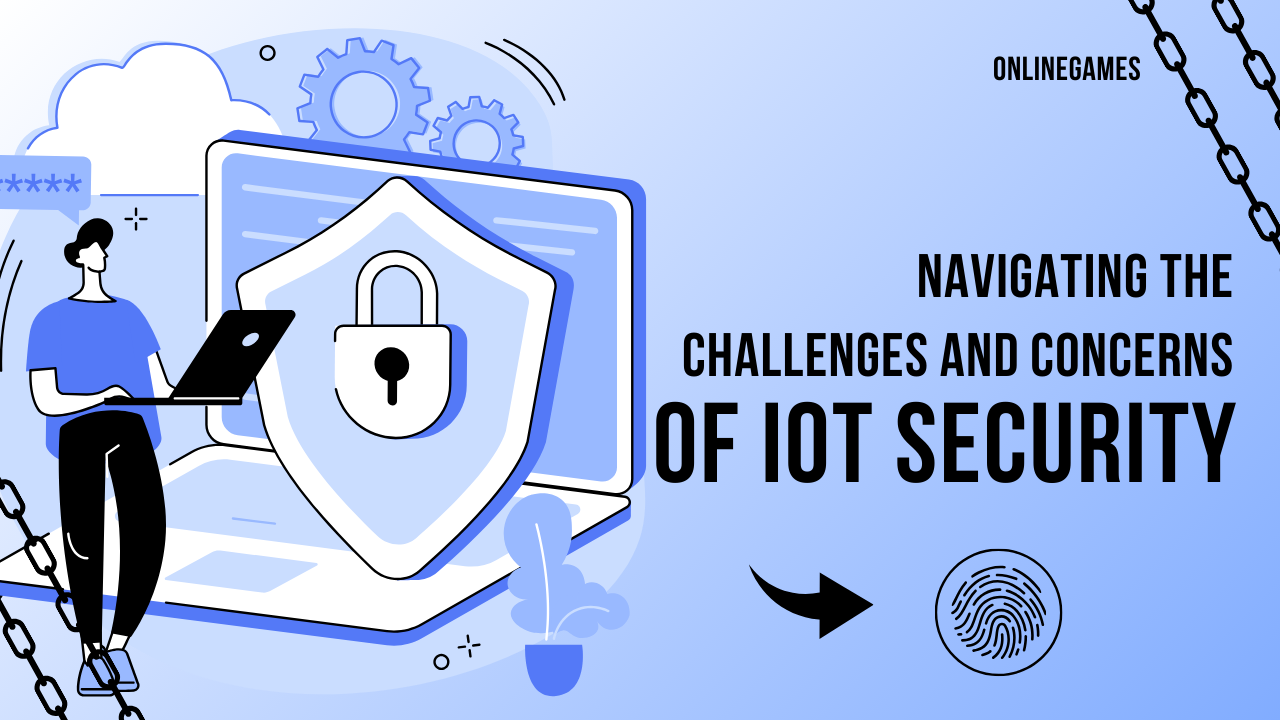As the Internet of Things (IoT) continues to proliferate across industries and households, the issue of security has emerged as a critical concern. IoT devices, which connect everyday objects to the internet and each other, offer unprecedented convenience and efficiency but also introduce new vulnerabilities that can potentially compromise data privacy, operational integrity, and even personal safety.
Understanding the Complexity of IoT Security
The landscape of IoT security is multifaceted, characterized by a diverse array of challenges stemming from the interconnected nature of IoT ecosystems. Unlike traditional computing devices, IoT devices often operate in decentralized networks, communicating with each other and external systems through various protocols and interfaces. This decentralized nature amplifies the attack surface, making IoT environments susceptible to a wide range of cyber threats, including malware, ransomware, denial-of-service (DoS) attacks, and data breaches.
Vulnerabilities in IoT Devices and Infrastructure
One of the primary concerns in IoT security revolves around the vulnerabilities inherent in IoT devices themselves. Many IoT devices are designed with limited computational resources and may prioritize functionality over security measures. As a result, manufacturers may overlook crucial aspects such as secure firmware updates, encryption, and access controls, leaving devices susceptible to exploitation by malicious actors seeking to gain unauthorized access or control.
Privacy Risks and Data Protection Challenges
IoT devices often collect vast amounts of sensitive data, ranging from personal information to operational metrics. The interconnected nature of IoT ecosystems means that this data can traverse multiple platforms and networks, increasing the risk of interception or unauthorized access. Moreover, inadequate data encryption and insufficient data governance practices can expose individuals and organizations to privacy violations and regulatory non-compliance, posing significant legal and reputational risks.
IoT Interoperability and Standards
Another challenge in IoT security is the lack of standardized protocols and interoperability among devices and platforms. The heterogeneous nature of IoT ecosystems, where devices from different manufacturers and vendors need to communicate seamlessly, complicates the establishment of uniform security standards. This lack of standardization can lead to inconsistencies in security implementations, making it challenging to ensure comprehensive protection across the entire IoT infrastructure.
Regulatory and Compliance Issues
The rapid proliferation of IoT devices has outpaced the development of regulatory frameworks and industry standards to govern their security practices effectively. As a result, organizations and consumers alike face uncertainty regarding the security posture of IoT devices and the legal obligations surrounding their use. Regulatory initiatives such as the General Data Protection Regulation (GDPR) in Europe and the California Consumer Privacy Act (CCPA) in the United States aim to address these concerns by imposing stricter requirements for data protection and privacy compliance.
Mitigating IoT Security Risks: Best Practices and Solutions
Addressing the challenges of IoT security requires a holistic approach that encompasses proactive measures, industry collaboration, and technological advancements. Key strategies include:
- Implementing robust authentication and access control mechanisms to restrict unauthorized access to IoT devices and networks.
- Encrypting data both at rest and in transit to safeguard sensitive information from interception and tampering.
- Regularly updating firmware and software to patch known vulnerabilities and strengthen device security posture.
- Monitoring IoT ecosystems for anomalous behaviour that may indicate a potential security breach or compromise.
- Educating stakeholders about the importance of IoT security practices and promoting a culture of cybersecurity awareness.
The Future of IoT Security
Looking ahead, the future of IoT security hinges on collaborative efforts among stakeholders, including manufacturers, regulators, and consumers, to establish comprehensive security frameworks and standards. Emerging technologies such as blockchain and artificial intelligence (AI) hold promise for enhancing IoT security by enabling secure data transactions and autonomous threat detection capabilities.
While IoT technology offers immense potential for innovation and efficiency, addressing the associated security challenges is paramount to realizing its full benefits. By prioritizing proactive security measures, promoting industry-wide collaboration, and adhering to regulatory guidelines, stakeholders can mitigate risks and foster a secure IoT ecosystem that enhances trust, privacy, and resilience in the digital age.






